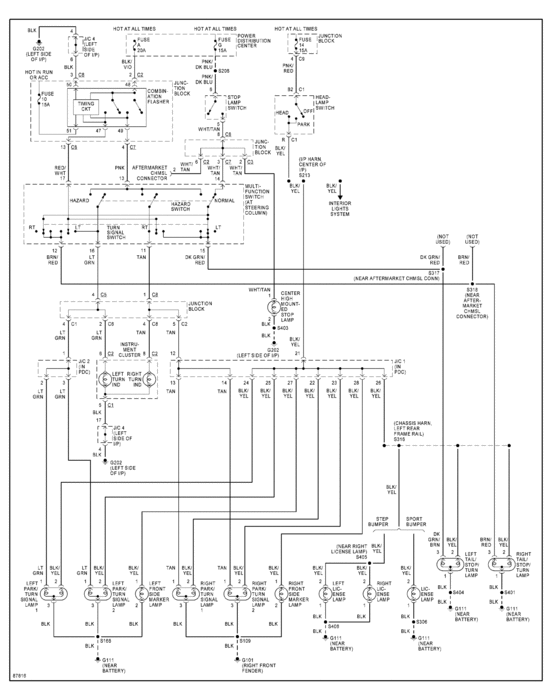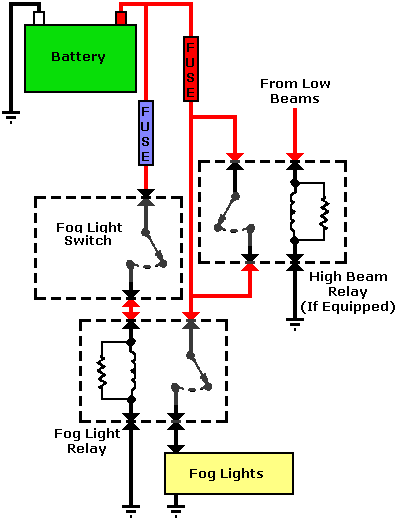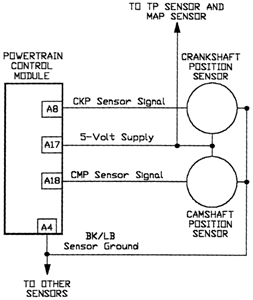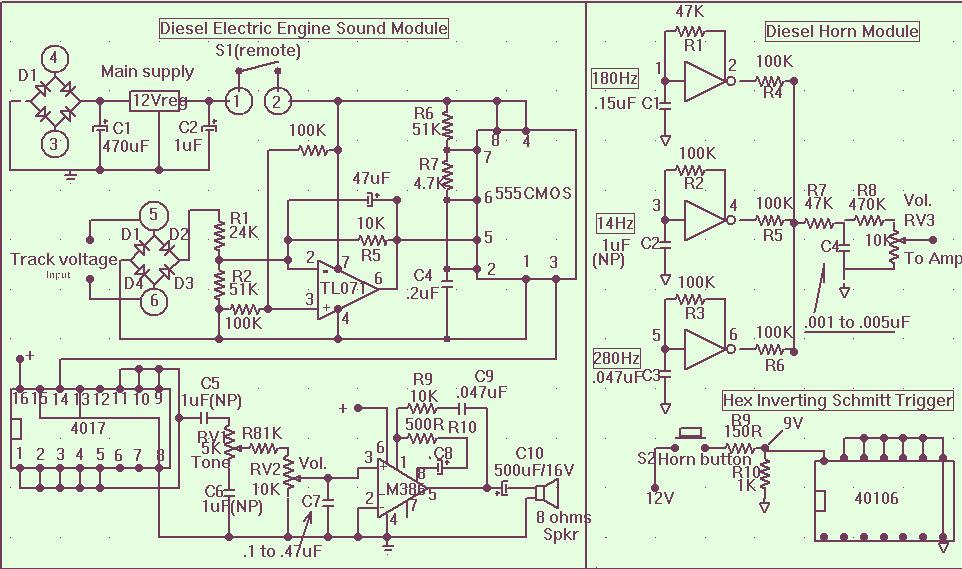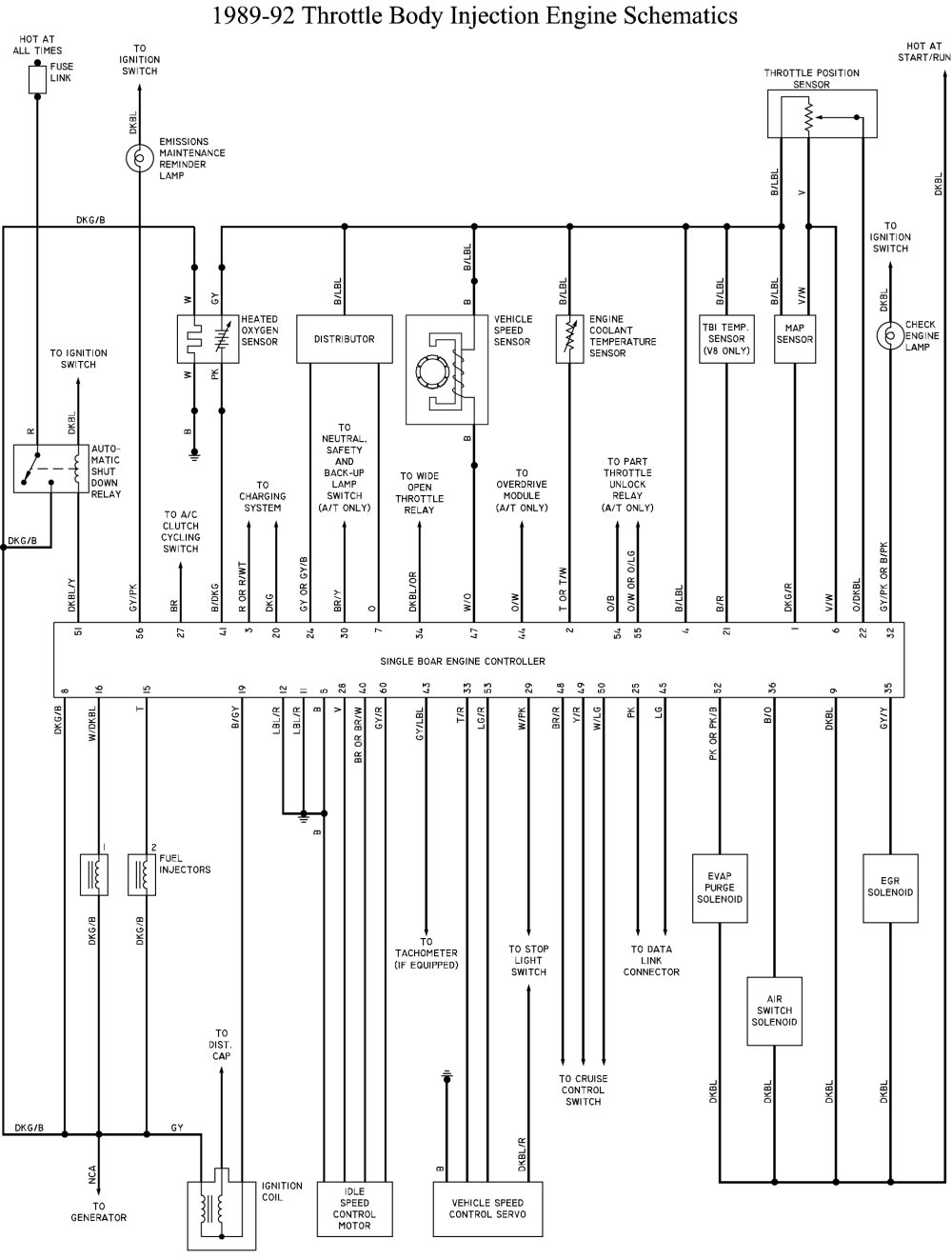
Dodge Cummins Diesel Forum
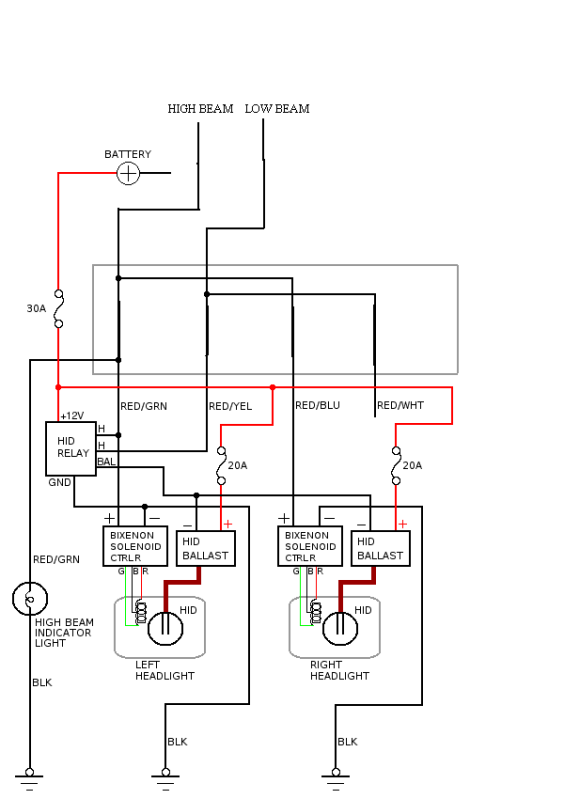
For all those who like to add components to their truck (which is nearly everyone), a thread is being initiated specifically for wiring diagrams. Before posting your diagram...
A wiring diagram serves as a visual representation of the electrical connections and layout within a vehicle, particularly for modifications or enhancements. This schematic is crucial for understanding how to integrate additional components, such as lighting, audio systems, or other electronic accessories, into the existing electrical system of a truck.
The wiring diagram typically includes details such as the color coding of wires, the location of connectors, and the specific function of each component. It may also illustrate the power sources, ground connections, and any necessary fuses or relays required for safe operation.
When creating or interpreting a wiring diagram, it is essential to follow a systematic approach. First, identify the components that will be added or modified. Next, consult the vehicle's original wiring diagram to understand the existing electrical layout. This will help to determine the best points for integration, ensuring that the new components do not interfere with the vehicle's original systems.
Additionally, it is advisable to include annotations on the diagram to clarify connections and functions. This can aid in troubleshooting and future modifications. Proper labeling of wires and connections can prevent confusion during installation and maintenance.
Safety precautions should also be highlighted in the wiring diagram, including the importance of disconnecting the battery before making any modifications and verifying that all connections are secure and insulated to prevent shorts or electrical failures.
In summary, a well-structured wiring diagram is an invaluable resource for anyone looking to enhance their truck's electrical system, providing a clear roadmap for successful installation and integration of new components.For all those who like to add stuff to there truck(thats about every body) im starting a thread JUST OF WIRING DIAGRAMs Before posting your diagram.. 🔗 External reference
A wiring diagram serves as a visual representation of the electrical connections and layout within a vehicle, particularly for modifications or enhancements. This schematic is crucial for understanding how to integrate additional components, such as lighting, audio systems, or other electronic accessories, into the existing electrical system of a truck.
The wiring diagram typically includes details such as the color coding of wires, the location of connectors, and the specific function of each component. It may also illustrate the power sources, ground connections, and any necessary fuses or relays required for safe operation.
When creating or interpreting a wiring diagram, it is essential to follow a systematic approach. First, identify the components that will be added or modified. Next, consult the vehicle's original wiring diagram to understand the existing electrical layout. This will help to determine the best points for integration, ensuring that the new components do not interfere with the vehicle's original systems.
Additionally, it is advisable to include annotations on the diagram to clarify connections and functions. This can aid in troubleshooting and future modifications. Proper labeling of wires and connections can prevent confusion during installation and maintenance.
Safety precautions should also be highlighted in the wiring diagram, including the importance of disconnecting the battery before making any modifications and verifying that all connections are secure and insulated to prevent shorts or electrical failures.
In summary, a well-structured wiring diagram is an invaluable resource for anyone looking to enhance their truck's electrical system, providing a clear roadmap for successful installation and integration of new components.For all those who like to add stuff to there truck(thats about every body) im starting a thread JUST OF WIRING DIAGRAMs Before posting your diagram.. 🔗 External reference
Warning: include(partials/cookie-banner.php): Failed to open stream: Permission denied in /var/www/html/nextgr/view-circuit.php on line 713
Warning: include(): Failed opening 'partials/cookie-banner.php' for inclusion (include_path='.:/usr/share/php') in /var/www/html/nextgr/view-circuit.php on line 713
